Salt Lake City has been described by visitors as a medium-sized, exceptionally clean and perhaps suspiciously friendly city. It offers a lower than national-median cost of living, and it provides unparalleled access to some of the best skiable acreage and other natural resources in the country.
A look past some of Salt Lake City’s nice, but uninspiring attributes, suggests this relatively sleepy slice of the United States is actually home to many of the country’s most desirable statistics. Currently, SLC is ranked number one in the nation for business growth, employee happiness, birthrate and lowest average age. It even held the number one spot for quality health care at an academic institution in 2016 (University of Utah Vizient Award).
In a place that boasts the fourth lowest unemployment rate in the nation, a place that was ranked by U.S. News as the 10th best place to live, it’s difficult to imagine what might be motivating some residents to leave.
While SLC continues to lead the nation in a wide array of beneficial categories, the city has also managed to take the top-spot for worst air quality, beating out significantly more populated American cities by a large margin.
One study conducted by Berkeley Earth indicates that several times in 2016, Salt Lake City’s air quality was worse than Beijing — a city where the pollutant levels have been compared to smoking several cigarettes a day.
In what scientists, doctors and city officials are calling a public health crisis, inversion and its detrimental effects on those breathing the air it traps, has become an issue that can’t be ignored and one that must be addressed.
The population of SLC and those living in its far-reaching suburbs across the valley are well aware of inversion’s presence throughout the year. We have experienced the suffocating cloud of noxious fumes thwarting our attempts at enjoying the long winters and the celebratory relief that follows the saving grace of an overdue, low-pressure system. We’ve dealt with the poor visibility and the ugly hue of garbage-gray that covers our otherwise beautiful city with no sign of reprieve.
Even though a complete eradication of SLC’s sickening problem might not be possible, hope for better air quality need not rely on the actual moving of mountains. Residents are in fact capable of chipping away at the debilitating cloud that will soon be above us
Driving Less
We know we should drive less.
The burning of fossil fuels and the apparent irreversible destruction on the environment is enough to deter many people from even owning a car. While these people should be praised for trading in their beloved, gas-guzzling behemoths for a 10-speed Schwinn, this is not a realistic proposition for most people living in spread-out western states like Utah.
Instead of adding three hours to your daily commute, keep the car and fill it up with people. Co-workers, classmates and unarmed hitchhikers make the short list of those who would enthusiastically help you make the air we breathe a little bit better, and they might even pitch in for gas.
Public transit is another option for people who live close to the admittedly sparse operating area of UTA. If the train stations are too far from your house, I can personally vouch for the acceptable quality of the bus system. They are usually on time, cleaner than first-timers might imagine and a great opportunity to eat a late breakfast on the go.
Burn Less, Breathe Better
SLC was founded in 1847, and it is peppered with homes that are nearly as old as the city itself. While many of these homes have been converted into relics of times passed, a significant portion are still in use today. And while advancements in modern technology have facilitated the addition of indoor plumbing and electrical circuitry in these residences, the heating mechanisms have remained largely unchanged.
The cost of installing a completely different system is an obvious deterrent, but the warmth of a wood burning stove on a cold night is enough to make even the most principled individual throw caution to the polluted wind.
The facts, however, are harder to swallow than that stove might be worth. In a 2015 study, the Environmental Protection Agency found that natural gas powered heating systems were 300 times cleaner than traditional wood burning systems that produced the same amount of heat, and even the most efficient EPA-certified wood-pellet stoves were still polluting 60 times more than their natural gas rivals.
Without a heating system overhaul, wood-burning stove households can still aid in the fight to breathe better. “No burn” periods are a great way to cut back on the overall particulate percentages, and this low-effort tactic might prepare homeowners for an inevitable all-out ban on these types of stoves in the future.
Get Involved
It might seem like the power of an individual to clean up our air is limited. While your family and friends might not take your crusade for cleaner lungs seriously, the state government officials who represent you don’t have a choice.
That is, however, completely dependent on the level of response they receive from their constituents.
Call your representatives, badger them with emails (search reoccurring automated email sending), research platforms of candidates running and actually vote. Urge them to implement more programs that reward electric and natural gas car buyers or residents who part with their wood stoves. Remind them that the environment and the quality of the air we breathe is not a partisan political issue; it affects us all.









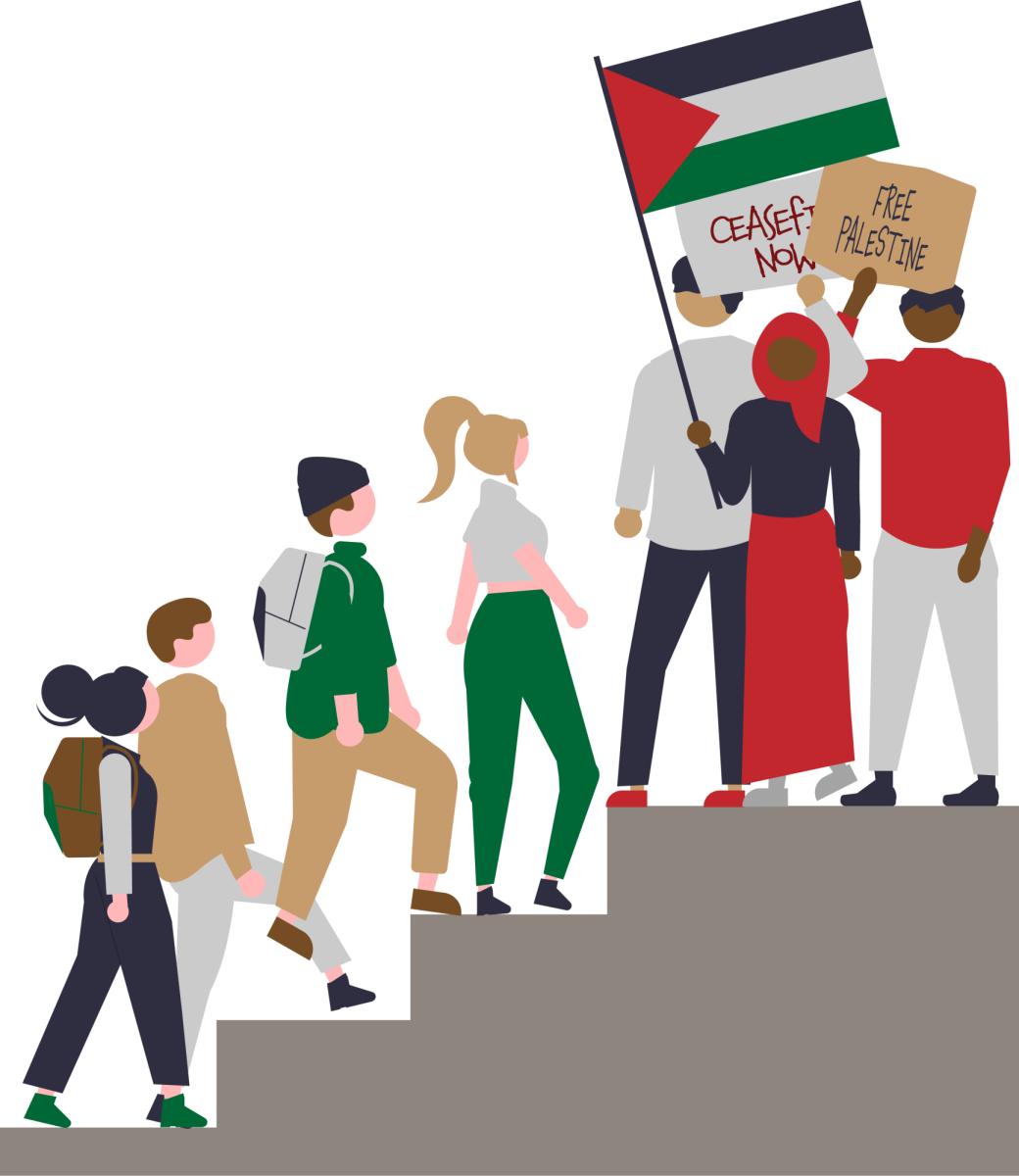


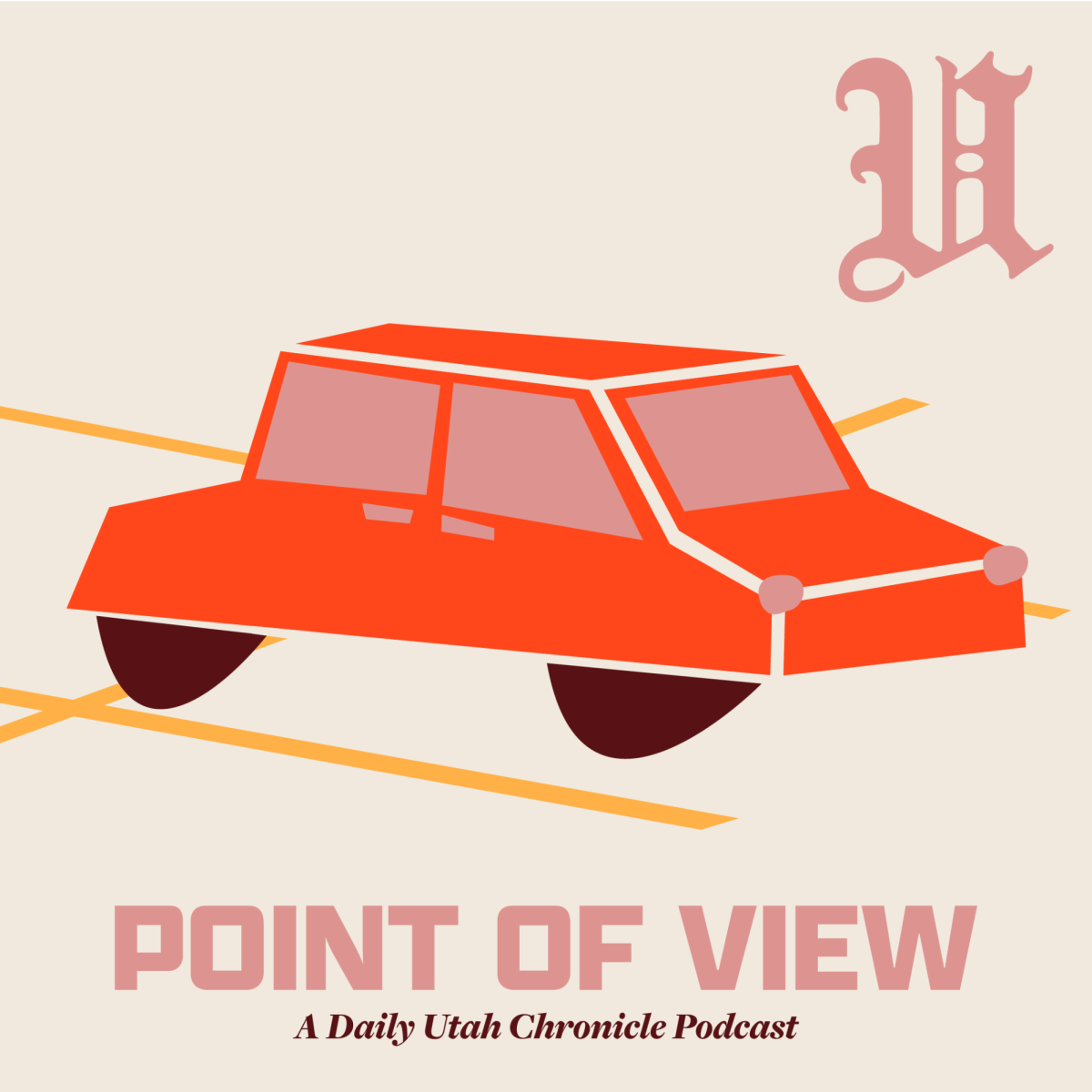
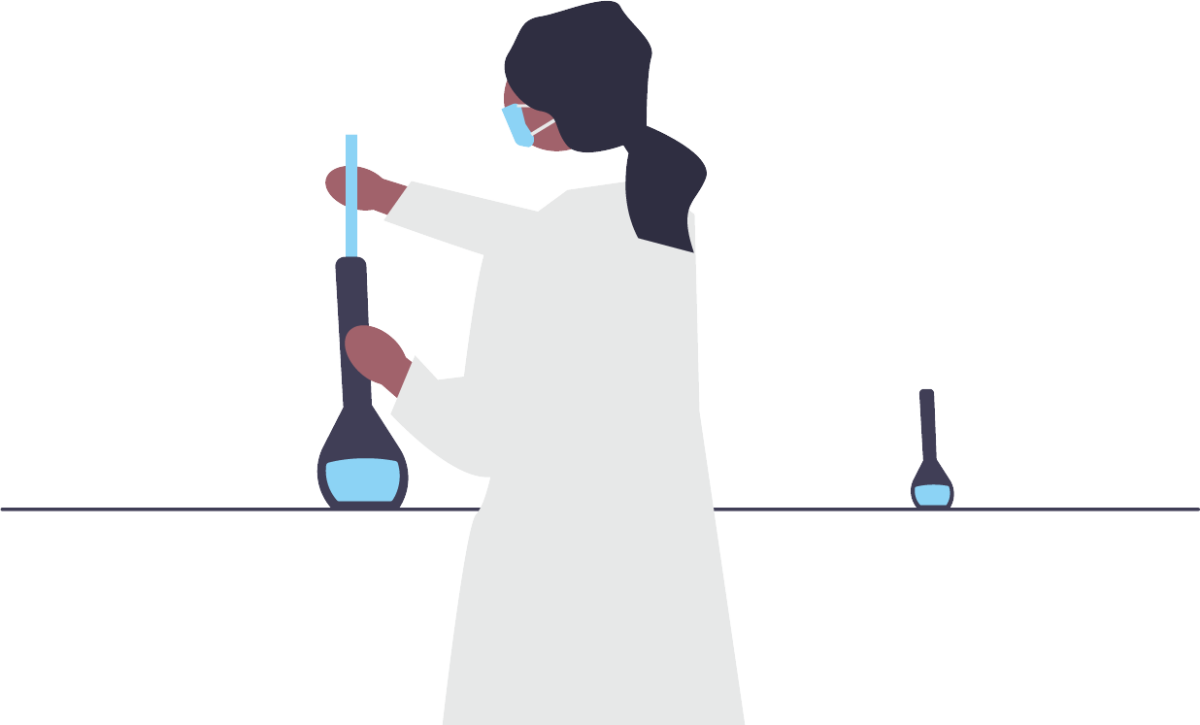
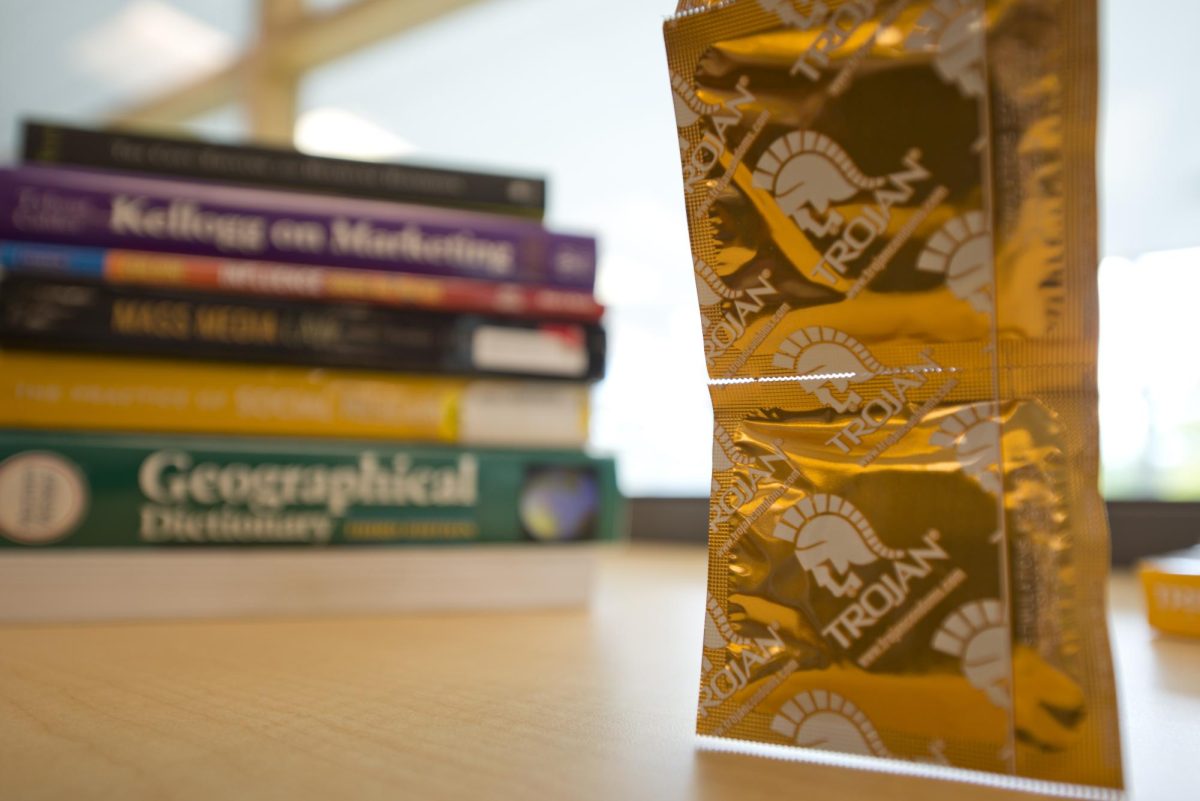

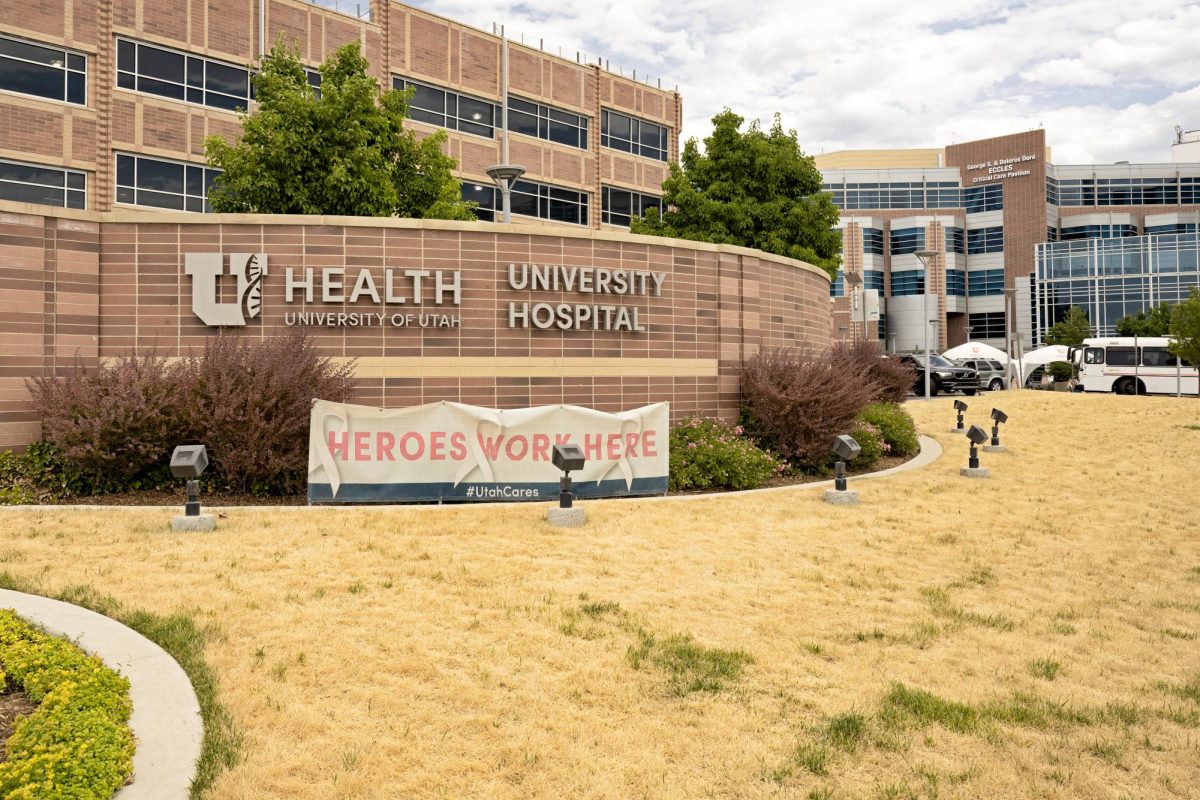



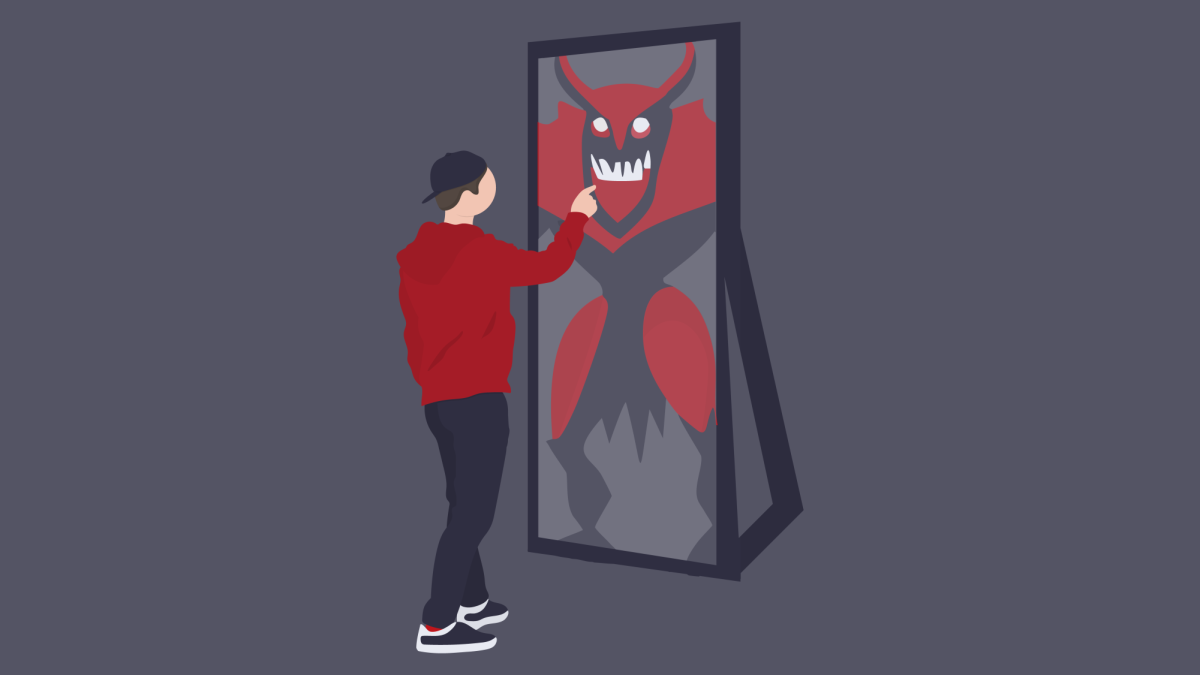
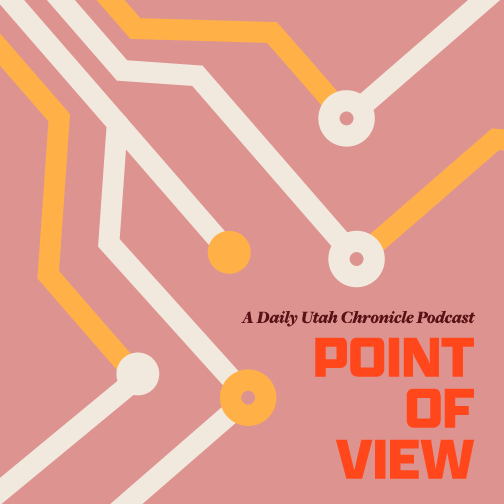

Chris • Dec 15, 2017 at 12:00 am
Worst air quality in the US! Yuck!
Starlord • Nov 21, 2017 at 12:11 pm
I am all for preventing the inversion, but from the data I can find Salt Lake is not as bad as Beijing or the worst city in the U.S. “by a large margin.” I googled it because I was curious and every source has it in the top 10 in the U.S., but is still well below places like Bakersfield or Fresno. Where is your source for that claim?